Planetary gears are crucial in complex automotive transmissions, drive trains and other applications where complex gear ratios are required for smooth torque transmission. These complex and drastic gear ratios are possible since planetary gears have the ability to produce different gear ratios depending on which gear is used as the input, which gear is the output and which gear is stationary. Read More…
Omni G & M Corporation is a leading gear fabricator specializing in precision machined and custom solutions in a variety of sizes and types. Please check out Omni G & M’s website or call a friendly personnel member today!

Gears are what we do best, and we are experts in our field. We have three generations of experience backing our company, and we use all of it to benefit you in any way possible.

Gear Motions is a leading gear manufacturer specializing in supplying custom cut and ground gears. Our wide range of precision gear manufacturing capabilities and services deliver quality gears to meet almost any application.

Precipart is your supplier for cost-effective custom gears to satisfy the most demanding precision control applications, as we have complex gear capability. We will meet exact needs with bevel gears, helical gears, internal ring gears, spur gears, worm gears, anti backlash gears & gear assemblies. Our mission is to provide customers with the highest level of value-added solutions for their needs.

Schafer Gear Works is a leading producer of high-precision, custom-engineered industrial gears & machined parts. Look to us for the production of your spur, helical or internal gears. Since 1934, our values of hard work & commitment to customer satisfaction have been well ingrained into the culture of our company. Bring us your most demanding specifications and we’ll provide effective solutions.

Cleveland Gear Company has specialized in worm gear technology including industrial gears, helical gears, worm gears and precision gears since 1912. Applications include steel production, electric power generation, and material transport. Fulfilling your exact requirements is what has and continues to make Cleveland Gear one of the top manufacturers of gearing and enclosed gear drives.

More Planetary Gear Manufacturers
Planet gears are also used in industrial automation and motion control applications such as wind turbines, bicycles, helicopters, heavy machinery, electric motors and paper feeders. Some advantages of planetary gears include high power density, increased torque capability, pure torsional reactions and large reduction in small volumes. However, there are disadvantages to using planet wheels as well, which include design complexity, high bearing loads and inaccessibility. Planetary gears are often used in industries such as marine, automotive, mining, military, commercial, construction, chemical processing, aerospace and agricultural.
Planetary gears typically come in sets of two or more that operate on or inside larger industrial gears; these are referred to as planetary gear systems. In a planetary gear system the exterior gears interlock with the inward-facing teeth of a larger internal gear, increasing the output speed of the large outer gear through rotational torque applied to the internal sun gear. The four main components that make up these planetary gear sets are the sun gear, the ring gear, the planet pinions and the planet carrier.
The sun gear is the center of the planetary gear system. The ring gear, or internal gear, is named due to both its shape and its internal teeth and connects the epicyclic gear set to an output shaft. The planetary pinions are gears with a small number of teeth designed to mesh with a larger wheel, which is the ring gear. Engaged simultaneously by the sun gear, each of the planetary gears applies torque to the ring gear, which in turn supplies torque to the output shaft.
The planetary pinions are attached to a rotating plate, which is the planet carrier. In order for the planetary gear set to function, either the sun gear, planet carrier or ring gear must be held stationary. While one is held stationary, one of the remaining two components serves as the input and provides power to the system, while the other serves as the output and receives power from the system. The ratio of input rotation to output rotations depends upon two key factors: the number of teeth in each gear and which component is held stationary.







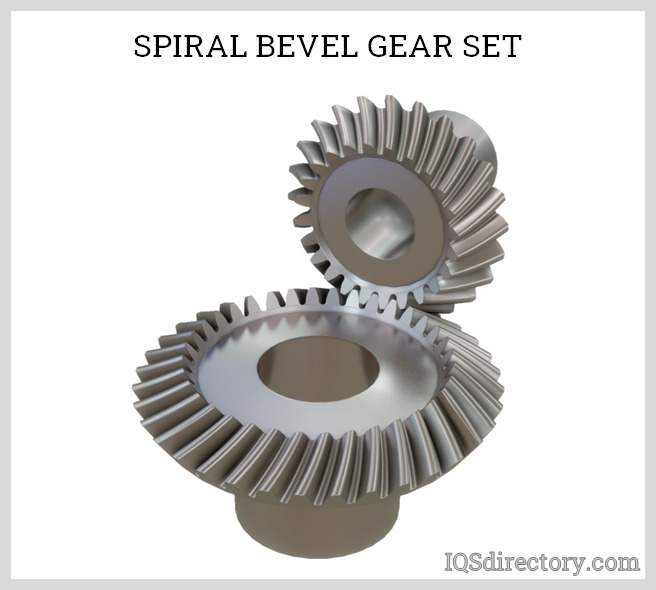
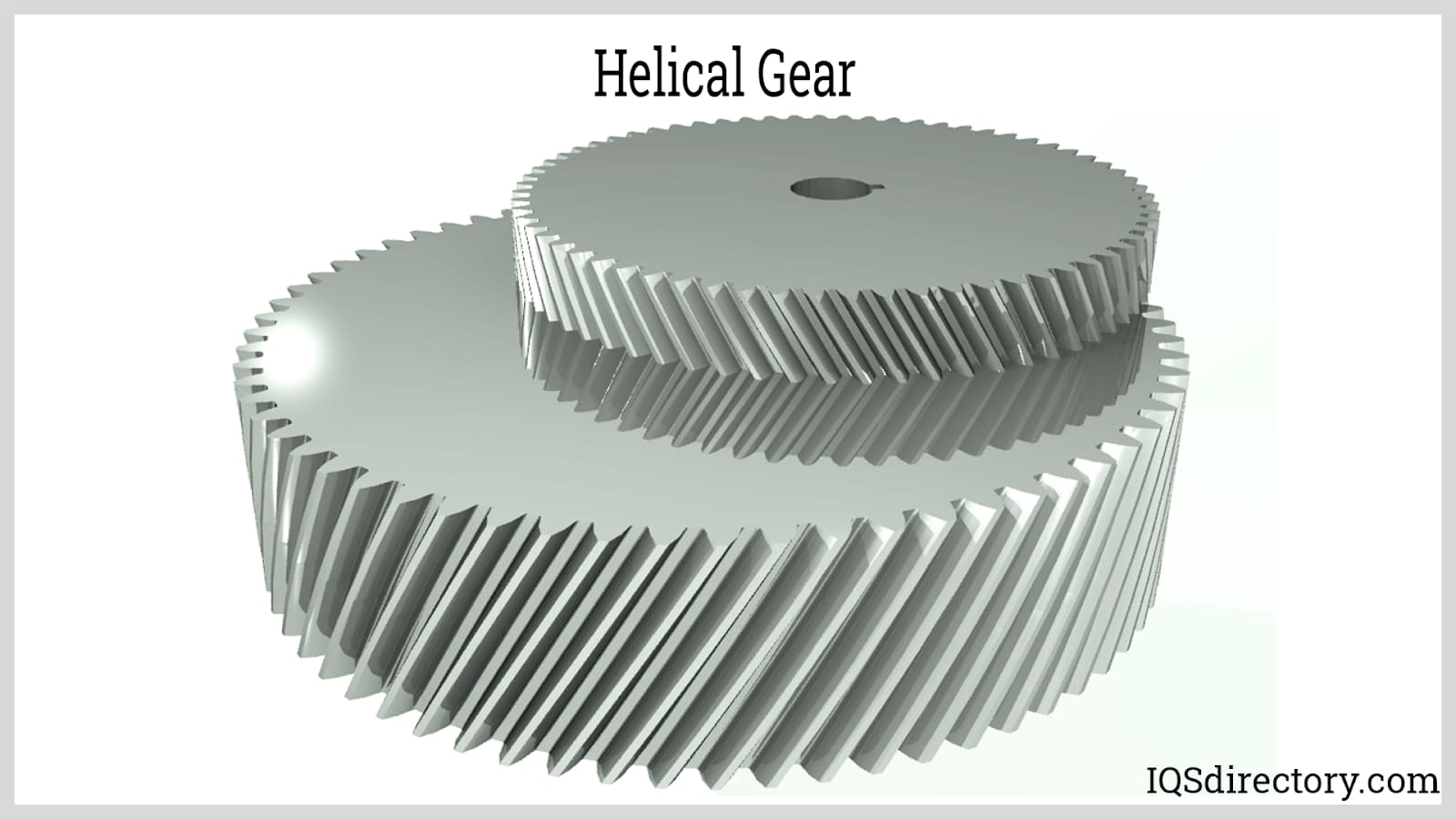
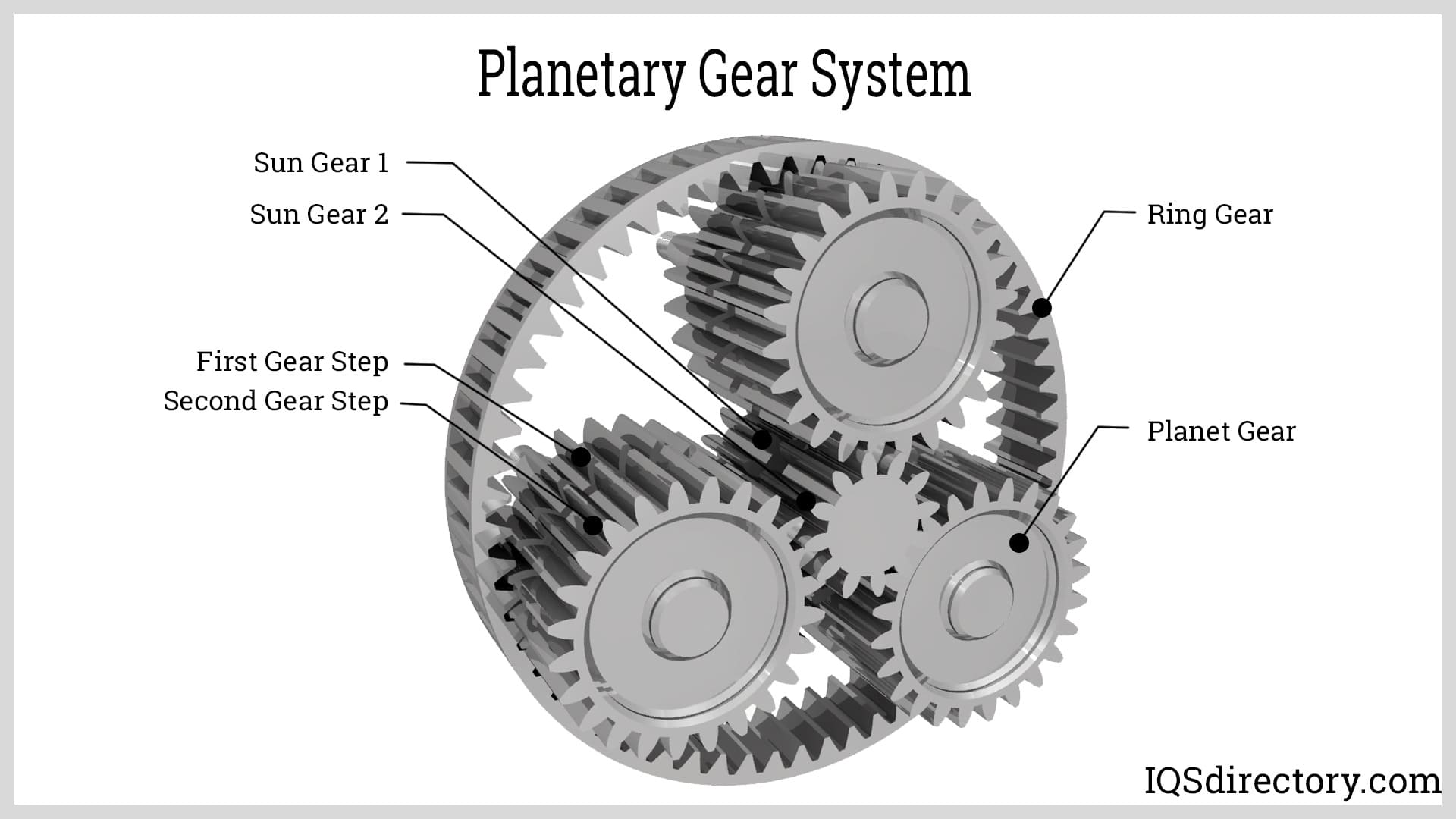
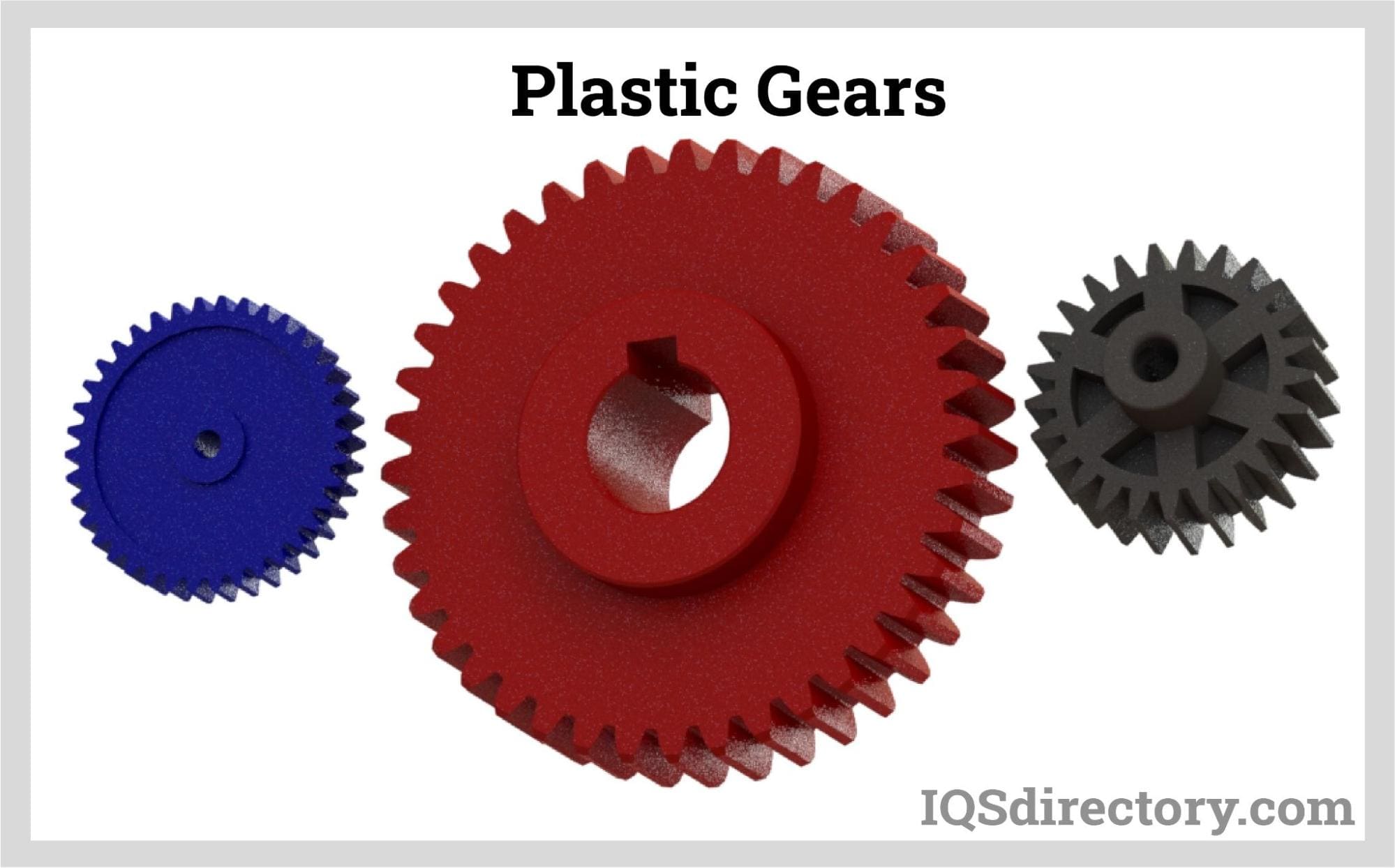
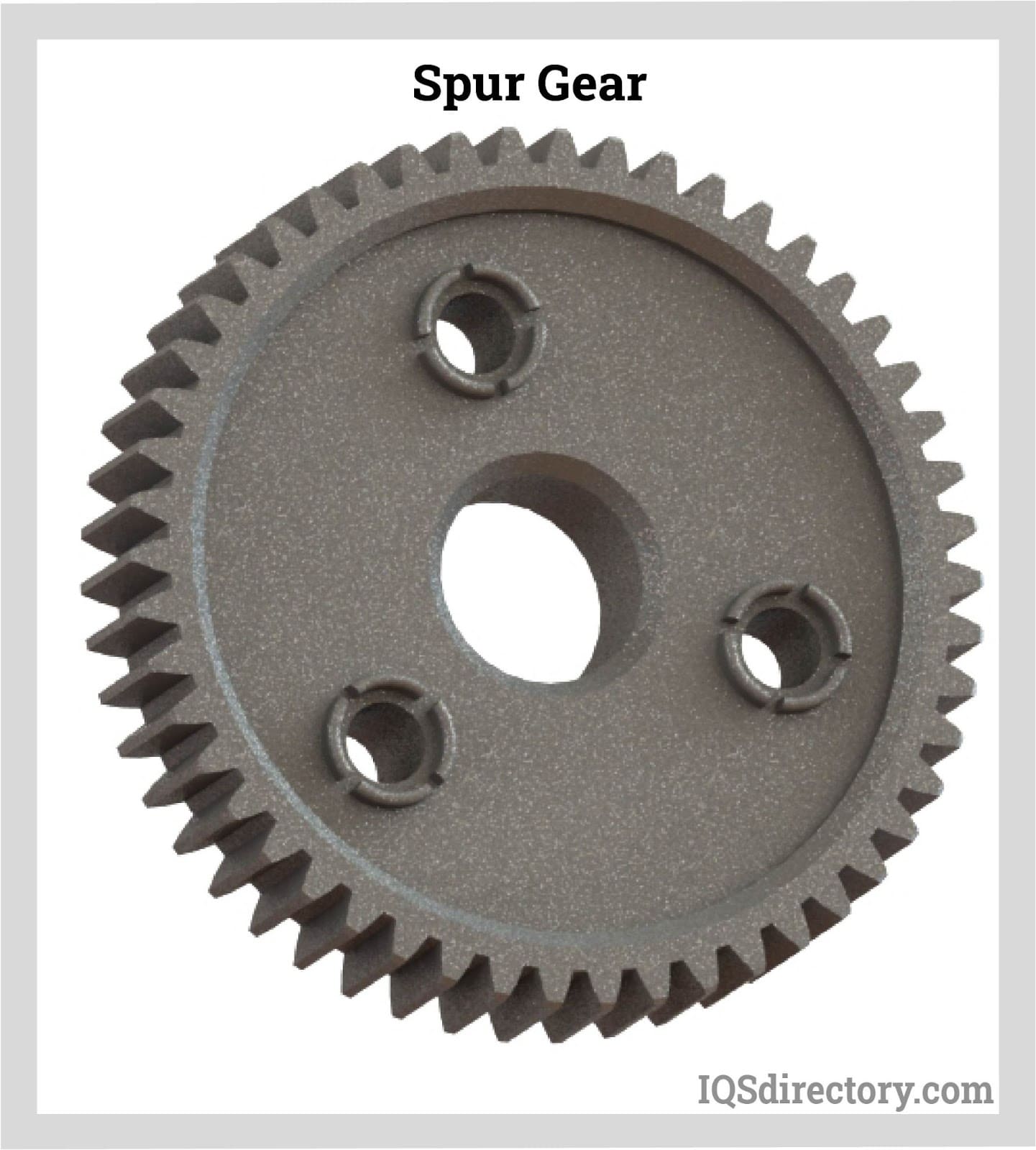
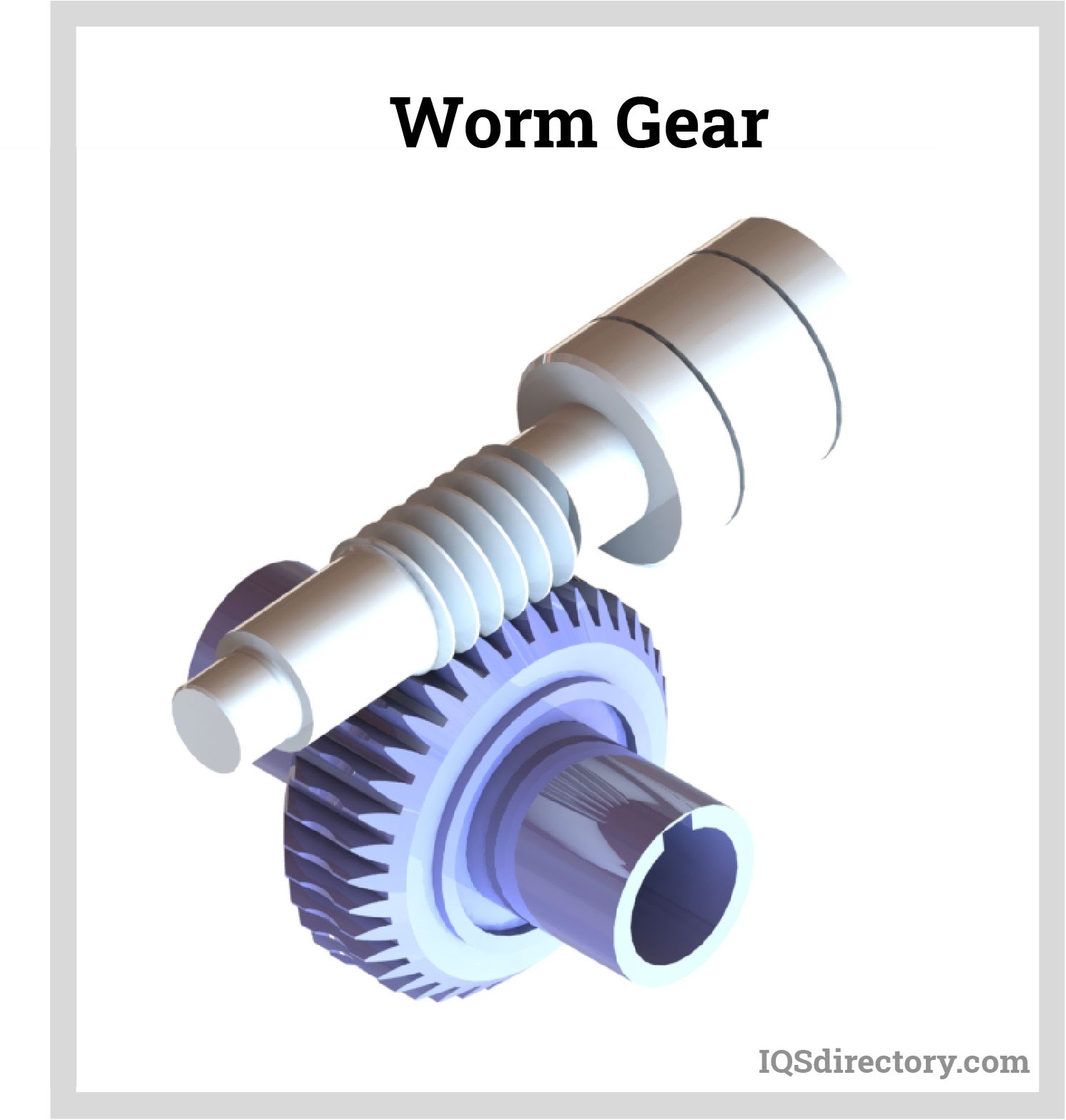
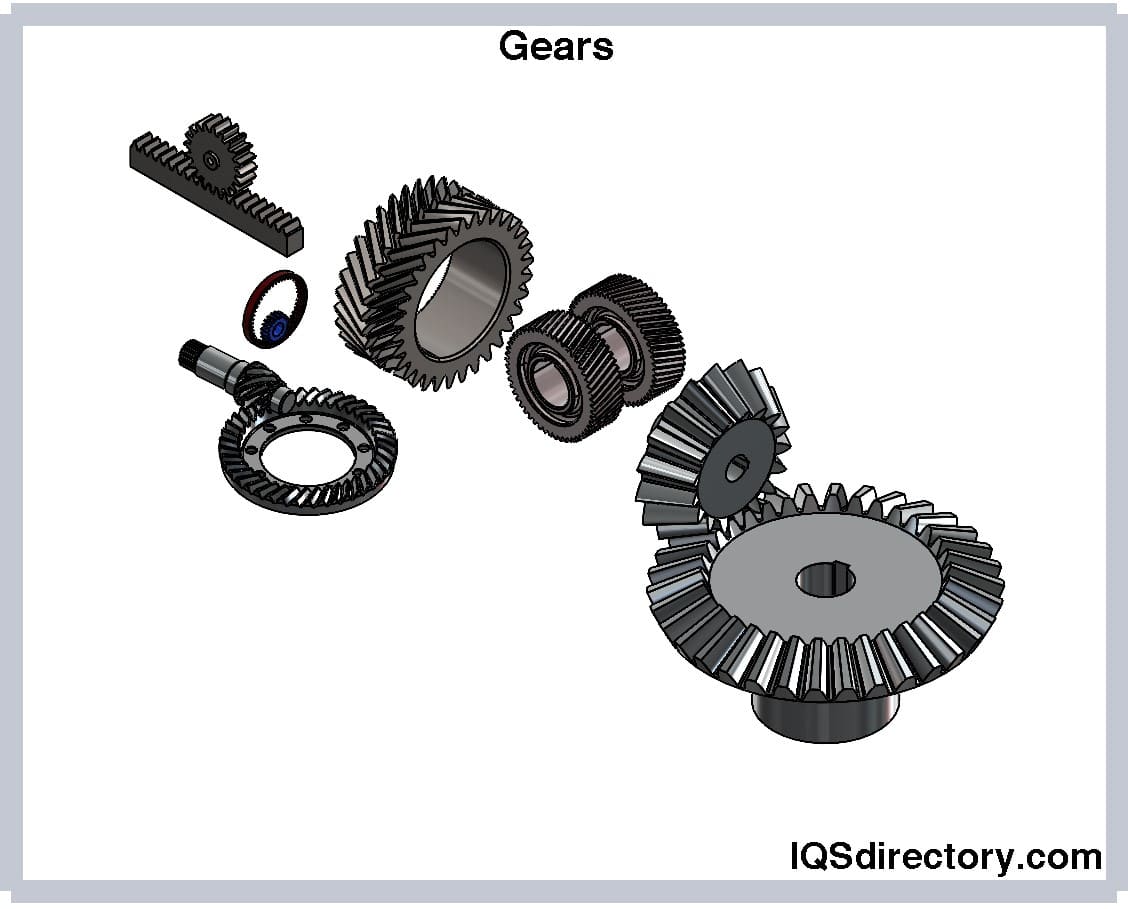
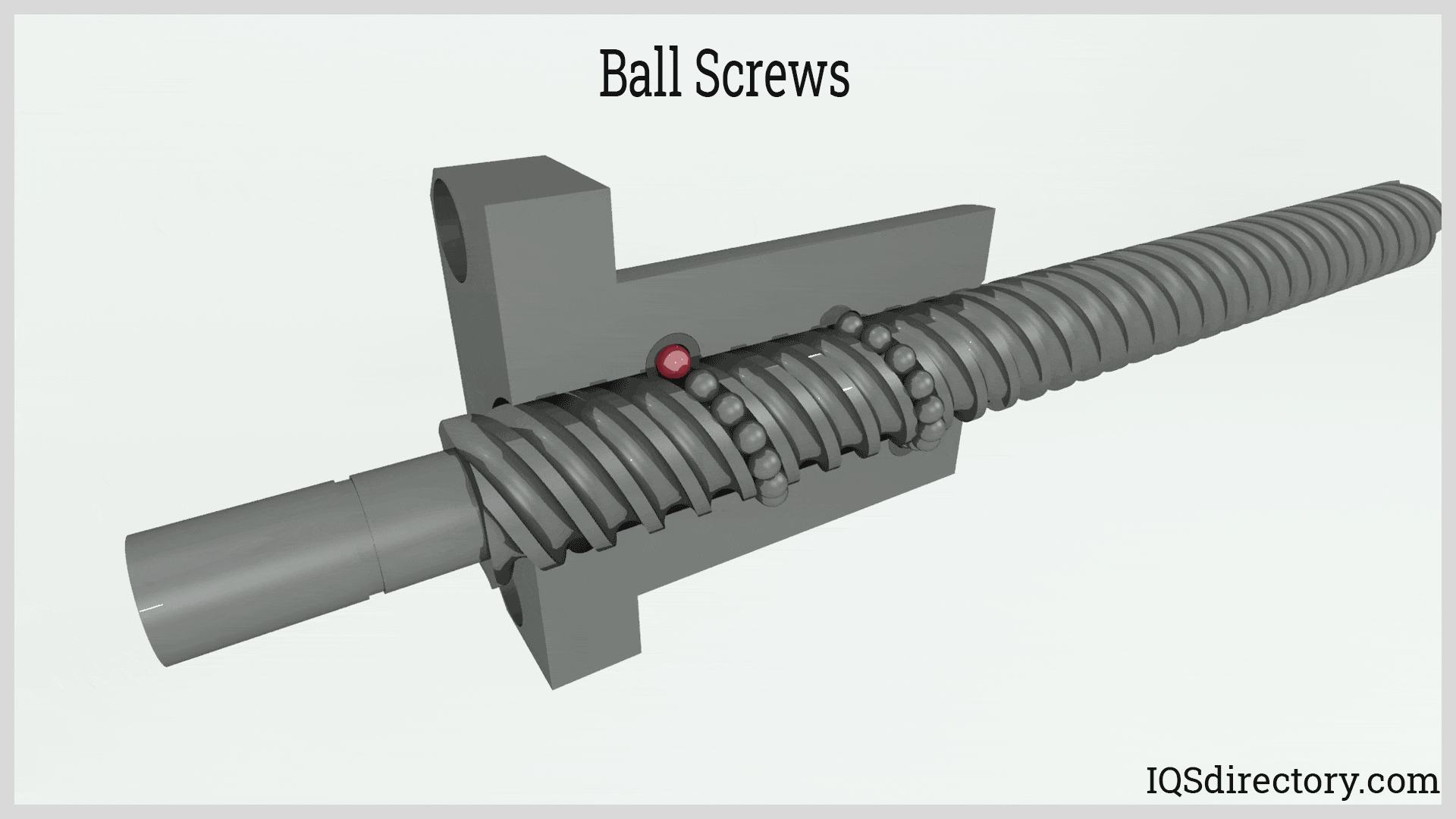
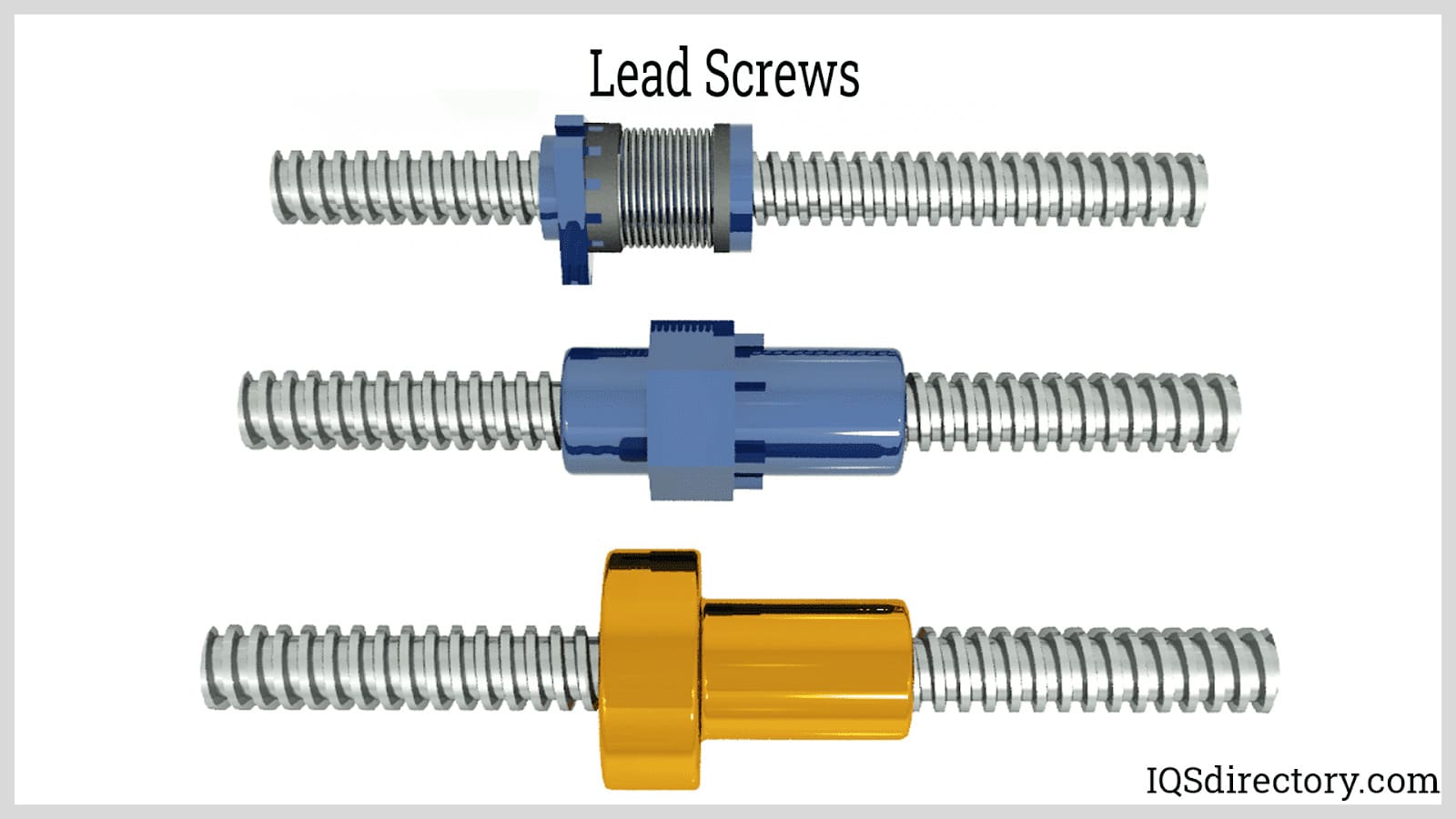
 Ball Bearings
Ball Bearings Ball Screws
Ball Screws Electric Motors
Electric Motors Friction Materials
Friction Materials Gears
Gears Quick Release Couplings
Quick Release Couplings Shaft Couplings
Shaft Couplings Speed Reducers
Speed Reducers Timing Belting
Timing Belting Castings & Forgings
Castings & Forgings Bulk Material Handling
Bulk Material Handling Electrical & Electronic Components
Electrical & Electronic Components Flow Instrumentation
Flow Instrumentation Hardware
Hardware Material Handling Equipment
Material Handling Equipment Metal Cutting Services
Metal Cutting Services Metal Forming Services
Metal Forming Services Metal Suppliers
Metal Suppliers Motion Control Products
Motion Control Products Plant & Facility Equipment
Plant & Facility Equipment Plant & Facility Supplies
Plant & Facility Supplies Plastic Molding Processes
Plastic Molding Processes Pumps & Valves
Pumps & Valves Recycling Equipment
Recycling Equipment Rubber Products & Services
Rubber Products & Services